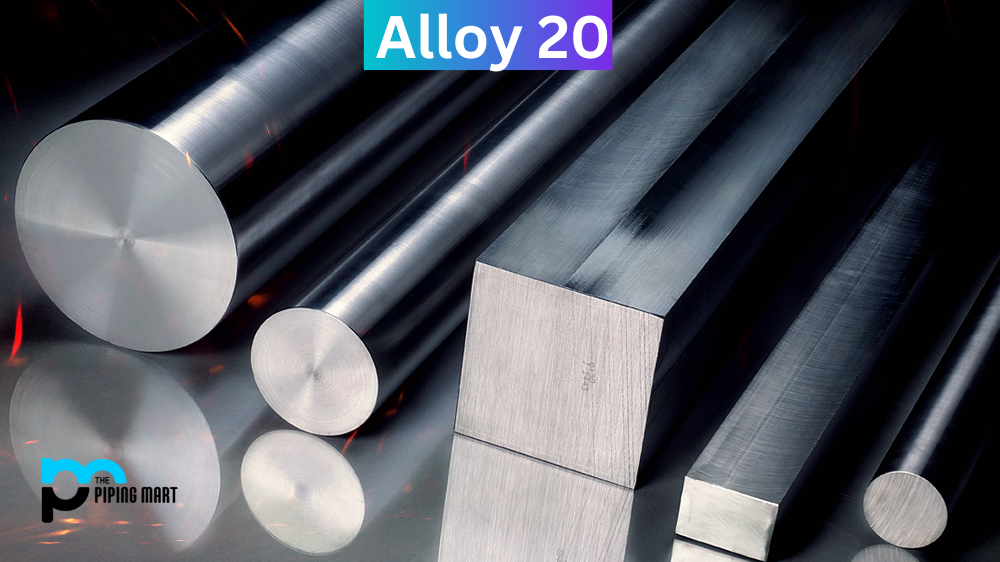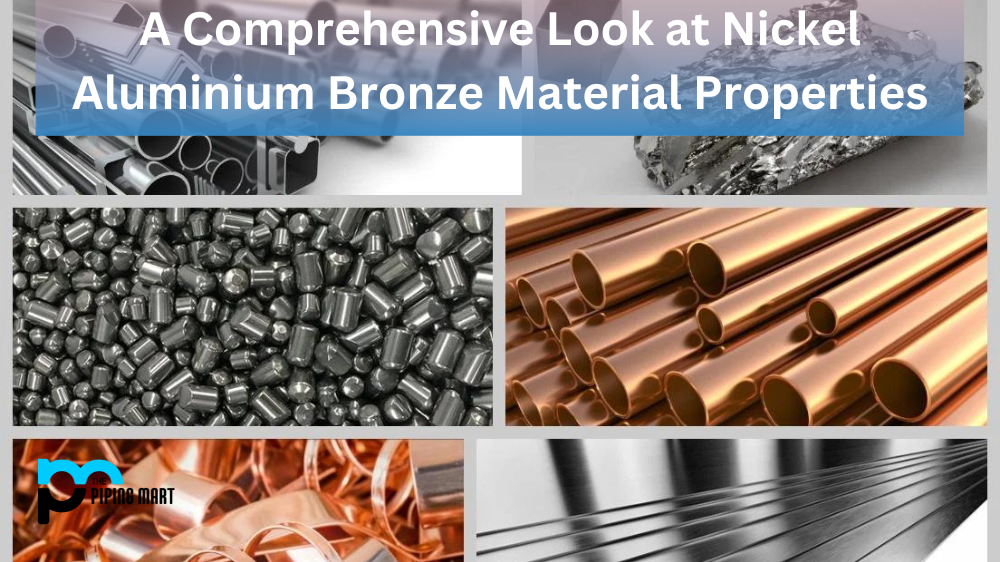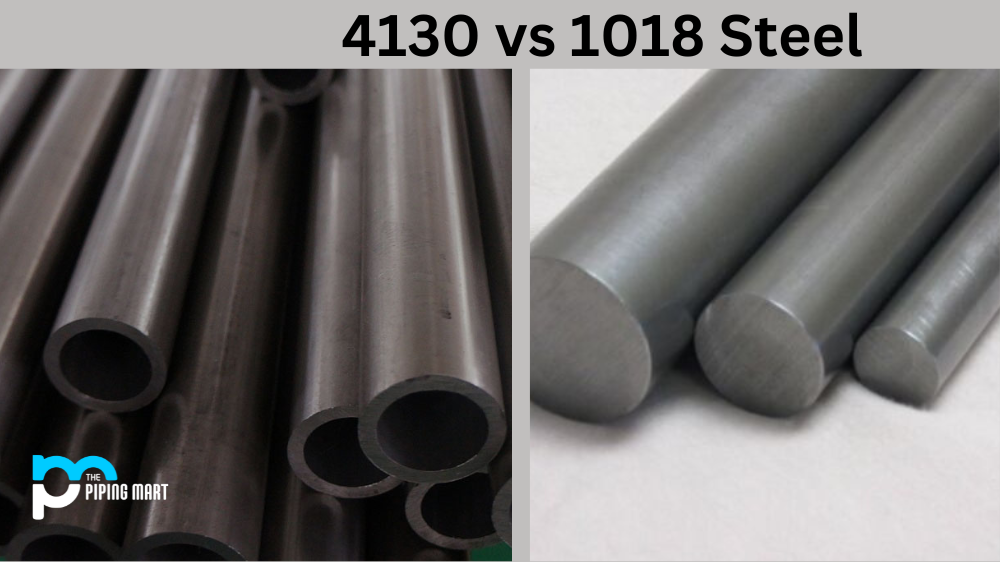Alloy 20 is a type of stainless steel with superior corrosion resistance. This alloy is composed of nickel, chromium, molybdenum, and copper to provide excellent resistance against sulfuric acid, phosphoric acid, nitric acid, and alkaline solutions. Additionally, it has good weldability and machinability properties for those who are looking for an alloy that is easy to work with. Let’s take a look at the composition of alloy 20 and its various properties.
Alloy 20 Chemical Composition
Alloy 20 contains nickel-iron-chromium as the base metal. It also contains copper, which increases its corrosion resistance and improves its stress corrosion cracking resistance. Molybdenum helps increase the strength of this alloy, while chromium provides extra corrosion resistance to resist pitting and crevice corrosion in chloride environments. The most common chemical composition of alloy 20 is as follows:
- Nickel (Ni): 32% – 38%
- Chromium (Cr): 19% – 21%
- Molybdenum (Mo): 2% – 3%
- Copper (Cu): 3% – 4%
- Carbon (C): 0.07% max
- Silicon (Si): 1% max
- Manganese (Mn): 2% max
Alloy 20 Corrosion Resistance
Alloy 20 has outstanding corrosion resistance when exposed to various acids such as sulfuric acid, phosphoric acid, nitric acid, and alkaline solutions. This makes it suitable for use in environments where these types of chemicals are present such as industrial plants or marine applications. Additionally, this alloy has excellent stress corrosion cracking resistance due to its copper content which allows it to withstand high temperatures without losing its strength or formability.
Welding & Machinability Properties of Alloy 20
Alloy 20 can be welded using conventional methods such as gas tungsten arc welding or gas metal arc welding with appropriate precautions taken for preventing intergranular attack or sensitization during welding. When it comes to machining this alloy, machinists should use tools with sharp edges since it tends to work hard quickly due to its higher carbon content than other stainless alloys like 304 stainless steel or 316 stainless steel. It also requires slower cutting speeds than other alloys since the material tends to be tougher than usual due to its higher nickel content making it difficult to machine at normal speeds without breaking the tool edge or stalling the machine spindle motors.
Conclusion:
In conclusion, alloy 20 offers many advantages over other stainless steels due to its superior corrosion resistance against acidic environments like sulfuric acid and phosphoric acid, along with excellent weldability and machinability properties, making it ideal for use in industrial applications that require corrosive protection from hostile conditions like marine environments or industrial plants where hazardous chemicals are present on a regular basis. With proper maintenance and care, this type of stainless steel can last for years without losing any strength or formability, even when exposed to extreme temperatures or harsh environmental conditions, making it one of the most reliable materials for use in industries around the world today!

Meet Bhavesh, a seasoned blogger with a wealth of knowledge and experience. From metal products manufacturing to retail, Bhavesh has a diverse background in various industries and is dedicated to sharing his insights and expertise with readers.




